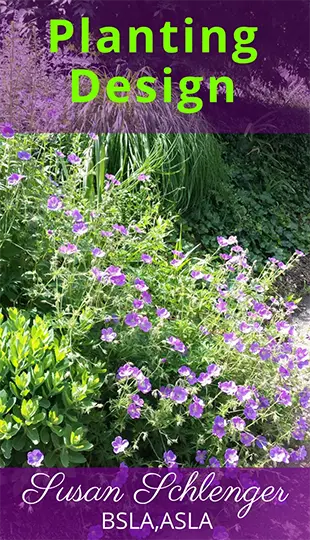Pruning Hydrangea For Flower Production
Why Doesn't My Hydrangea flower?
Pruning Hydrangea - When should it be done?
These are the two main questions that are asked over and over again by many. Hydrangea fall into different categories which call for different pruning methods to assure flowering. (Except for freezing conditions - see below.)
There are two types of Hydrangea when discussing pruning hydrangea.There are those that bloom on new wood and those that bloom on old wood. Actually, there are those that also bloom on old AND new wood. It is important to know what type you have to help assure flowering.
Hydrangea That Bloom on Old Wood
- Hydrangea macrophylla (Bigleaf Hydrangea) - Mopheads & Lacecaps
- Hydrangea quercifolia (Oakleaf Hydrangea)
These Hydrangea form flower buds on old wood in the late Summer through Fall. So if you were to remove any of those stems late Summer through the following Spring, you will lose the flowers. The only time to prune is Spring through mid Summer (July).Old wood is considered that which was produced the previous season.
Hydrangea that Bloom on New Wood
- Hydrangea anomala subsp.petiolaris (Climbing Hydrangea)
- Hydrangea arborescens (Smooth Hydrangea, ie., Annabelle)
- Hydrangea paniculata ('Grandiflora' Peegee Hydrangea)
- Hydrangea macrophylla (Bigleaf), ie., 'Endless Summer' - 'Forever and Ever' (These two varieties bloom on old and new wood.)
These Hydrangea bloom on new wood that forms during the current season. You should be pruning hydrangea of this group in late winter, before the new growth appears, or after blooming later in the season.
Note: Those that bloom on old and new wood such as Endless Summer and Forever and Ever Hydrangea... no need to prune end of winter or early spring. The new growth will form new flower buds and there will also be flower buds on last year's stems. So just prune out any dead wood prior to spring.
Another Reason Your Hydrangea May Not Bloom
The other main reason for the lack of blooms on a Hydrangea would be due to the weather and applies to those Hydrangea that bloom on old wood. If a freeze occurs during late Spring when the flower buds are forming on the old wood, these buds will be killed off and thus no flowers will be possible that year.
See my favorite 4 favorite Hydrangea plants.
Popular Hydrangea
Bigleaf Hydrangea
This is a very showy plant with its huge colorful flowers. They will grow well in part sun/part shade conditions. If the sunny time is in the afternoon, they will often droop, but will rejuvenate once the sun has left. Ideally, plant with morning sun. Hydrangea do like quite a bit of water.'Endless Summer' or 'Forever and Ever' are musts due to it blooming on old AND new wood!
Oakleaf Hydrangea
These are best known for their beautiful large, oak-shaped leaves...not to mention the great flowers! Most varieties get to be quite large, although there are a few available on the smaller scale. They do like shade. Try planting one or more at a shady wood edge. The leaf shape is interesting and the flowers, which are white, turn shades of coppery pink as the season goes on.
Annabelle Hydrangea
This Hydrangea is a prolific bloomer, producing a show of many white flowers. It likes the shade like most of the other Hydrangea but it will also take sunny conditions.
PeeGee Hydrangea
PeeGee Hydrangea can be grown as a large, vase shaped shrub or a small tree. It is known for its huge conical flowers. These flowers start as a creamy white in mid to late summer. As the flowers age, they turn a pinkish color.
Climbing Hydrangea
This is a great climber. If you are looking for a vine, there are many reasons why this is a wonderful plant to choose.Use it on a wall, fence, or arbor. A trellis is not needed for this plant to climb, as it will adhere to any surface.
It can also be used as a groundcover, although this is less common. This hydrangea has pretty shaped dark green leaves and the stems are a cinnamon color. When it loses its leaves in the winter, the patterned stems remain for interest. Its flowers are white and it is quite beautiful in full bloom. These plants are slow to get started, but once they are established, they grow nicely.
No matter which Hydrangea you choose for your landscape or have in your garden, pruning hydrangea the correct way will help for the best flower production.
Here is a great book on Hydrangea, "Hydrangea For American Gardens" written by Michael Dirr, a well known expert on plants. He writes about some of the great Hydrangea, how to change colors (blue to pink and vice versa) and much more.
If you enjoyed this page, please share it!
Landscape Design Advice > Hydrangea Plant > Pruning Hydrangea
